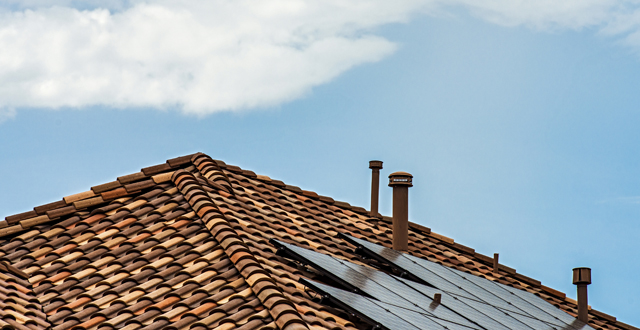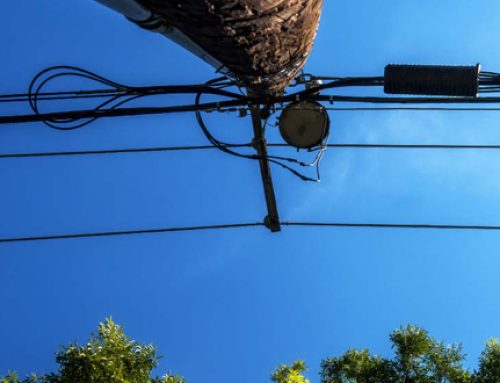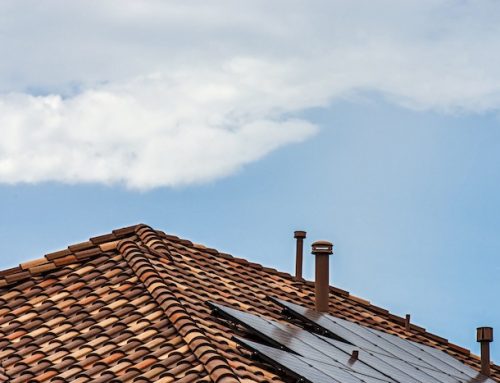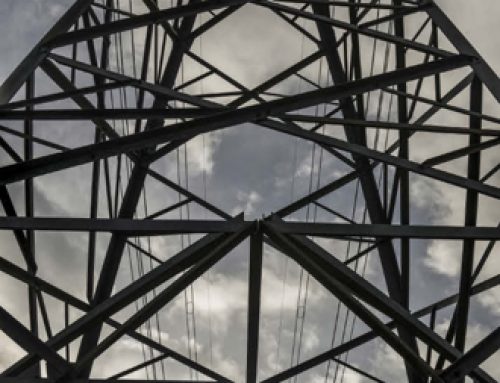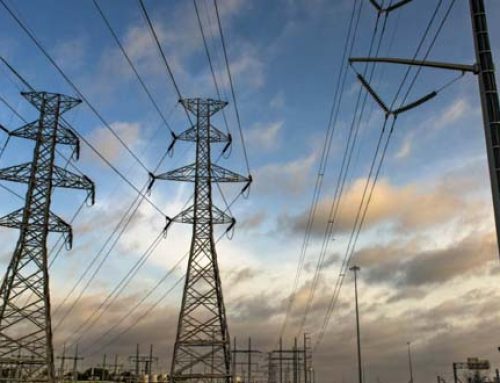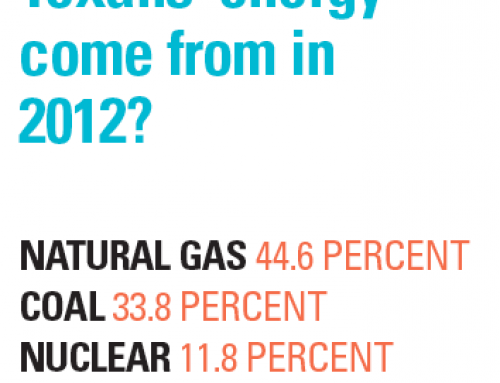Roughly six months of the year, neighborhood resident Wally Gardipe doesn’t pay an electricity bill. Instead, the electric company pays him.
His retail electric provider, Green Mountain Energy, offers an energy buy back program that credits Gardipe for energy generated by solar panels on his roof. The energy created is first used to power his home. When his home isn’t using all of the solar energy created, it goes back into the grid, and Green Mountain tracks and pays him for that energy.
“We had a pretty hot summer last year [2012], but I don’t think my electric bill was over $80 during that time,” Gardipe says.
Before the panels, his electric bills in the summer ranged from $200 to $300 a month, he says.
Gardipe ends up using more energy than his home produces during the hottest and coldest months of the year. But during the pleasant spring and fall months, his solar panels provide enough energy for him, and then some.
“And that’s having the thermostats at 72 or 74 degrees throughout the day,” Gardipe says.
He purchased the solar panels for roughly $13,000, including federal and Oncor rebates, and calculated that it would take five to seven years to recoup the money spent.
“Of course, it all depends on your energy use,” he says. “I’m single, I live alone and work from home, so my electrical needs are certainly different than a family of four — but even that might vary because I’m home all the time.”

His roughly 2,000-square-foot ranch-style home in Kiestwood is 60 years old, so around the same time that Gardipe installed the solar panels, he also did some rewiring, replaced windows, added insulation and installed a more efficient heating and a/c system.
“I had a nice little windfall from sale of my home in North Dallas, so it was nice to be able to do all of these energy efficient things,” he says.
In addition to saving money, Gardipe wants to protect the environment. One reason he chose Green Mountain as his retail electric provider is because the energy for which he does pay is created from renewable sources, such as wind. He has a compost pile, landscapes with native Texas plants, and collects rainwater with seven barrels under the gutters around his home.
Most of his neighbors can’t see his solar panels, which are on the back of his roof.
“I think what catches their eye is the water barrels,” Gardipe says. When they ask about the barrels, he tells them, “I’m kind of a greenie, and I also have solar panels.”
He informed his neighbors about the panels before installing them. Gardipe says he was concerned about the aesthetics in terms of curb appeal. It hasn’t been a problem, however.
“You can see the edge of one, but it blends in with the roof line just fine,” he says. “I don’t find them at all obtrusive.”
The panels face south, the direction that provides the maximum amount of solar energy production year-round. Gardipe’s yard also is absent of trees that would block sunlight from reaching the panels.
Another surprise benefit is the way the panels cool his garage and covered porch. The panels absorb the heat, he says, so they provide their own kind of shade.
Gardipe has no regrets about going solar.
“I strongly advocate that people do it. I don’t foresee the cost of electricity ever going down,” he says. “I have friends that when I tell them the price, it kind of scares them, but when you start to look at it and start to think about it, the cost up front is worth the benefit you get in the long run.”

